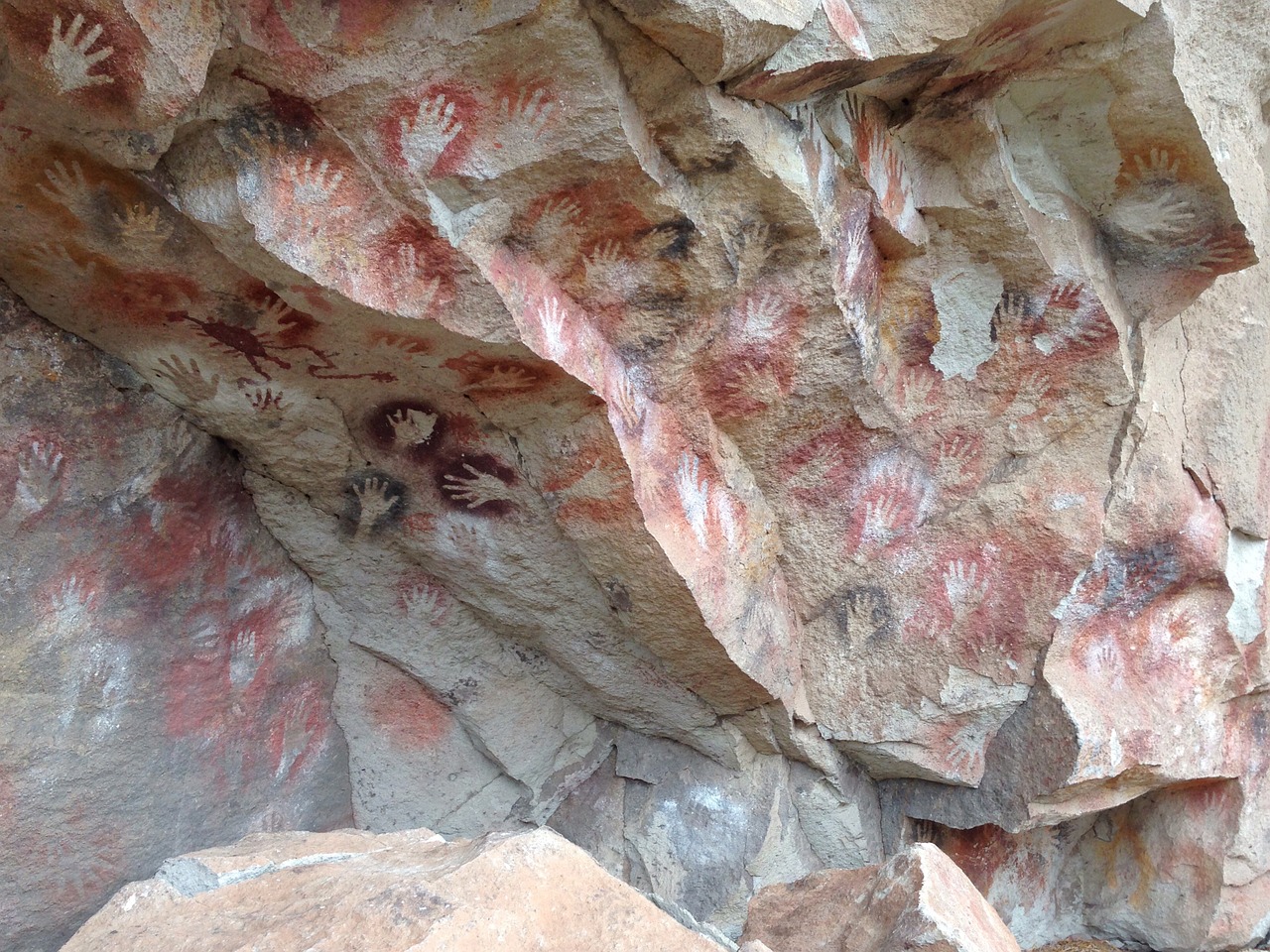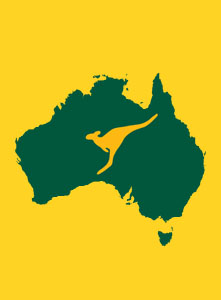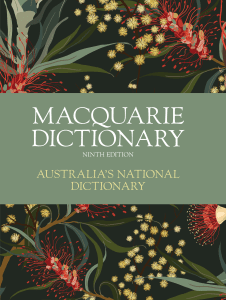This is a question that has been asked over the centuries to which no one can provide an absolutely certain answer.
We all know that babies learn language from their parents. Indeed if they are deprived of this language learning – as happened with children who were lost and lived in the wild – then they find it very difficult to learn language when they are much older and rediscovered. Babies develop their range of noises that are the preliminary to speech and then start to associate those noises or combinations of noises with different things that they recognise.
But if you trace that back into the past, how do we know what the earliest language was?
We can only guess.
The earliest human who possessed a vocal tract that would allow for the production of speech sounds was the Neanderthal. But even so the sounds that a Neanderthal could produce were limited. Not the wide range of sounds that modern humans can produce. That comes at a cost, interestingly. We are much more inclined to have difficulties swallowing our food and breathing than, say. a monkey would have because we have evolved along a path where communication is very very important for survival.
This probably is associated with the use of tools because the people who used tools needed to explain to others how those tools worked. We probably began with a mix of gestures ( sign language) and a small range of significant noises that we could make and developed language from there. At the same time our vocal tract evolved and became capable of producing a wider range of noises.
There are five theories as to how we developed language:
- The bow-wow theory. We imitated the sounds made by animals around us.
- The pooh-pooh theory. We made noises when we were hurt, angry, sad and so on – instinctive noises which we then shared with others.
- The ding-dong theory. We reacted to the world around us and somehow arrived at the same sound as a response to a particular thing.
- The yo-he-ho theory. We all worked together and produced rhythmic sounds that helped us to get the work done.
- The la-la theory. Strong positive emotions such as responses to love, music, play produced vocal sounds that were the first speech sounds.
People suggest these theories from time to time but they are all entirely fanciful. There is no evidence for any of them, however appealing they might be.
There are many different languages in the world but they are grouped in families and you can see how one has developed from another.
The fact is that if you had one community speaking one language, and then you put up a barrier down the middle so that one half could no longer speak to the other half, then over a long period of time each half of the community would change the language in lots of different ways until you had two versions of it.
If you can still see the link between the versions they are usually called dialects.
If you can no longer see the link, then they are called two different languages.
That process goes on all the time. Language is constantly changing. If the whole community changes the language together there is no problem but if, for some reason, the community is fragmented, you end up with a lot of different languages.
That is why there are so many different Aboriginal languages.
And so many different languages in New Guinea where it is true that a mountain divides communities and the people on one side of the mountain speak a different language to the people on the other side.
That is why people say they can tell if someone is from South Australia or Victoria or Queensland.
There are certain words those communities use and no one else uses, and the way they speak Australian English is slightly different.




